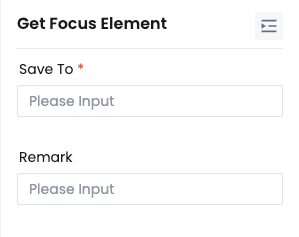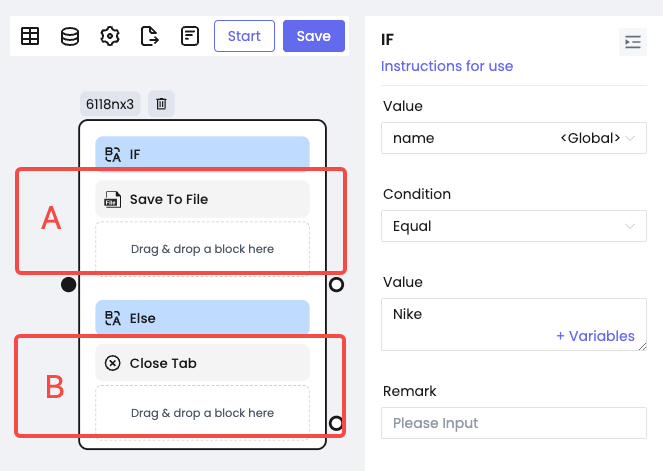Terminology Introduction
Selector
What is the selector used for? As the name suggests, selection is picking out what we want from a pile of things. And the selector is picking out the element we want from the rich web elements.
In fact, the term 'selector' comes from the Cascading Style Sheet (CSS for short) in web development. Don't panic, here we are not asking everyone to learn programming and write code. Instead, we are asking everyone to use CSS selectors to (for convenience of explanation, it will be collectively referred to as "selectors").
For example, if you want to use RPA to like a post, and there are 10 posts on the homepage, only the 5th post is worth liking.
First, use a selector to locate the "Like" button of the 5th post, and then click "Like". Without a selector, RPA would not know which element of the webpage to operate on.
As shown in the figure, fill in the selector #submit-button , and RPA will click on the element in the webpage that contains < xxxx id = submit-button. 
Variable
A variable is a container that can be used to store text, data, webpage elements, etc. For example, if you retrieve a piece of text from a webpage: " Nstbrowser is a great product!", save it to variable A. The next step is to enter this piece of text in the text box, and you only need to call variable A.
In the operation options, "Get URL Data", "Get Element Data", and "Loop Element" can all save the obtained webpage elements as variables for later steps to call. 
We also support the use of global variables, which can preset some required data in the global variables.
Global variables are edited in the form of JSON. 
IF
Have you ever encountered such a scenario? In the login interface, we need to enter the password and log in to the account. If the password text box is not displayed, we will refresh the webpage. That is, when the condition is met, we will execute step 1, otherwise we will execute step 2. In this scenario, we can use the "IF condition" to make a judgment and execute the corresponding steps based on the judgment result.
[IF condition] is to judge variables or compare variables with input results: variables exist/do not exist, include/do not include, equal to/not equal to... When the condition is met, execute the steps in area A, otherwise execute the steps in area B, or do nothing and continue to execute the next step. 
Loop
The so-called loop refers to repeating a certain task. For example, liking multiple posts, saving all comments under a certain product to a document, flipping pages, clicking on multiple images, and so on. When you encounter such scenarios, you need to consider using a for loop to help you do some mechanically repetitive things.
There are three types of for loops in Nstbrowser , namely [Loop Element], [Loop Times], and [Loop Data]. The application scenarios of these three operations are different, which will be explained in detail later. Here is just a simple introduction for everyone.